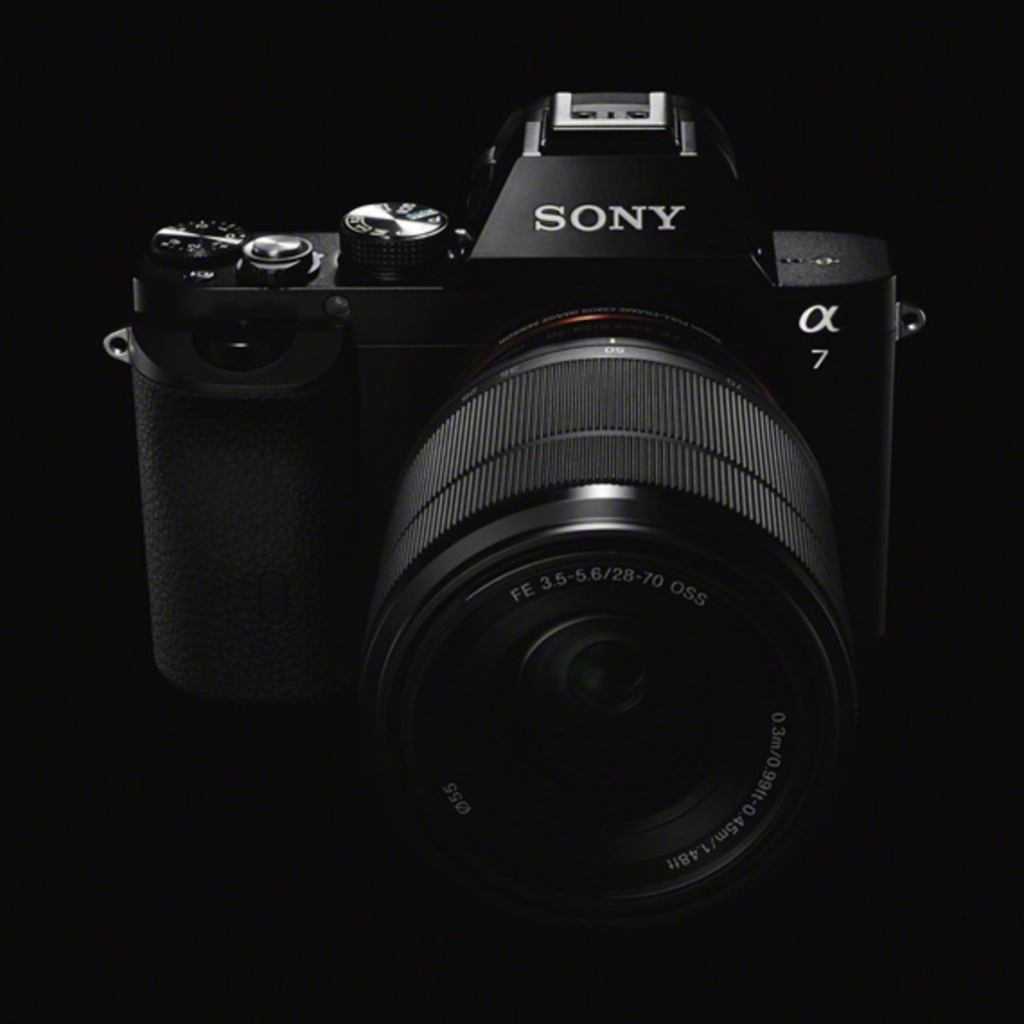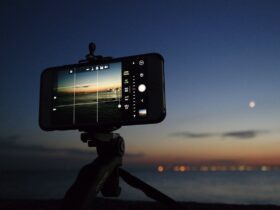The market moves in the direction of mirrorless cameras with a gradual abandonment of reflex cameras. The phrase of the moment is “mirrorless cameras are the future of photography”. Let’s try to understand why this statement is true
The title might make someone turn up their noses, but don’t worry. Below we will make an objective analysis of the mirrorless phenomenon able to understand why the market is going in this direction. Unfortunately or fortunately “mirrorless cameras are the future of photography”Is a phrase that becomes more true every day, let’s try to examine the reasons.
Mirrorless are the future of photography: the origins
Let’s start from the basis of everything, that is, from the birth of the 24 × 36 format, also known as the Leica format. This format was invented to have one available lightweight and easy to carry camera. This camera format was born for genres such as reportage and street photography. The first 24 × 36 cameras were not equipped with a mirror, but they offered a focusing system known as a rangefinder. These cameras were in effect mirrorless cameras. There were no mirrors of any kind, and the image was pre-displayed thanks to an off-axis viewfinder that also integrated the focusing system.
The cons of this system were related to the non-alignment between the optical axis and the viewfinder and to the need to periodically calibrate the focusing system.. In addition to this, the field of view was never the same as that framed by the lens. It was difficult to understand what was actually framed. The problem was solved by introducing the “frames”, these went to identify what was the framed field within a larger scene.
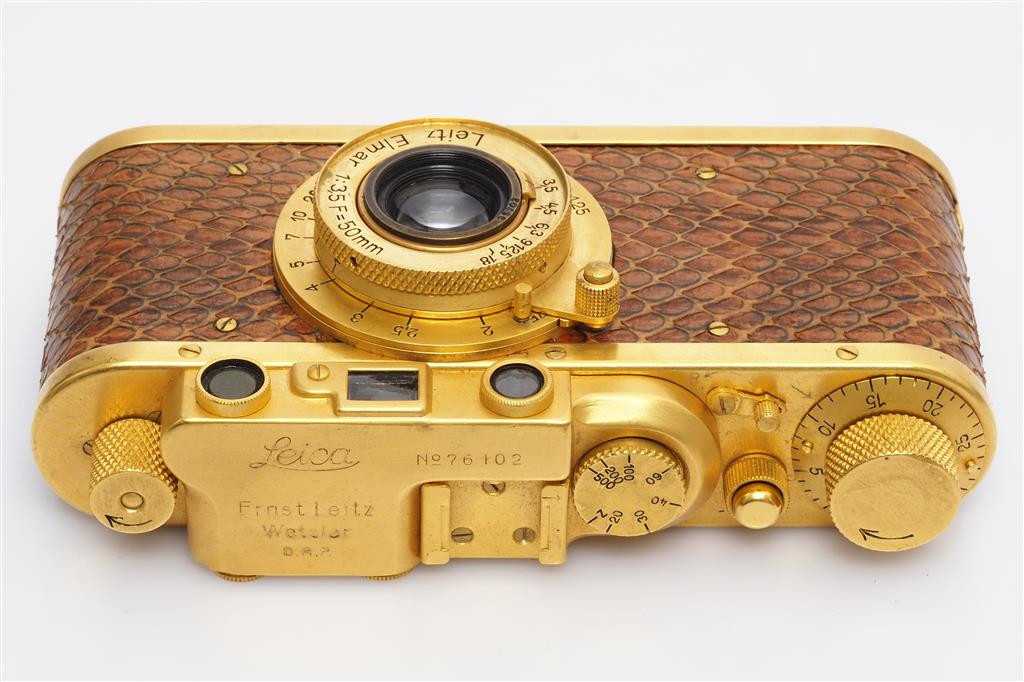
The limit of this system was clearly linked to the number of “frames”, it could not cover every focal length and allow the design of zoom lenses, nor go too far with wide-angle and telephoto lenses. In this regard, the additional “frames” were born, in the form of viewfinders to attach to the camera’s flash shoe, for lenses “outside the range of the rangefinder” (practice still in use with Leica M-Mount cameras).
The advantages of this system, and format, were actually many, at least at the time. The camera became a pocket tool, and it was possible to keep an eye on the whole scene waiting for the right moment to take the picture. Advantages that, for reportage photographers, were indispensable and aroused the envy of other photographers. The idea behind the 24 × 36 format was very popular, to the point that some manufacturers tried to overcome the limits of the rangefinder system to propose more “all-rounder” solutions. Thus were born the reflex systems.
Mirrorless are the future of photography: what was in between
The birth of SLRs happened for one reason only: to expand the usability of the 24 × 36 format to all genres. The key concept of the SLR camera, and the secret of its great success, was the possibility of see “with the same eyes as the lens”. This option, however, was not obtained at no cost. In fact, the reflex systems also introduced several problems previously absent:
- need to use a longer draft;
- black out in the shooting phase due to the movement of the mirror;
- noise due to the movement of the mirror;
- oil that could dirty the frame as a result of the movement of the mirror;
- loss of context around the scene.
These problems were accepted without problems by the photographers of the time, since it was considered more important to view the scene through the eyes of the lens than to “become the victim” of some secondary problem. With the birth of autofocus, the problem of calibration was introduced again, aggravating it. The calibration, in fact, was now inherent to the body / lens system, not just the focusing system, and had to be repeated very often.. With the advent of digital, and of ever greater resolutions, the problem of calibration has gradually become more complex to manage.
This meant that the body / lens calibration was integrated directly into the camera. Some manufacturers have even introduced docks to calibrate their objectives. In recent years, video functionality has also been introduced in what were previously only cameras. This brought to light another limitation of reflex systems: the inability to view anything in the viewfinder while video recording is active. Obviously, for all these aspects, we have reached the maximum limit of the usability of the reflex system. How can you progress further?
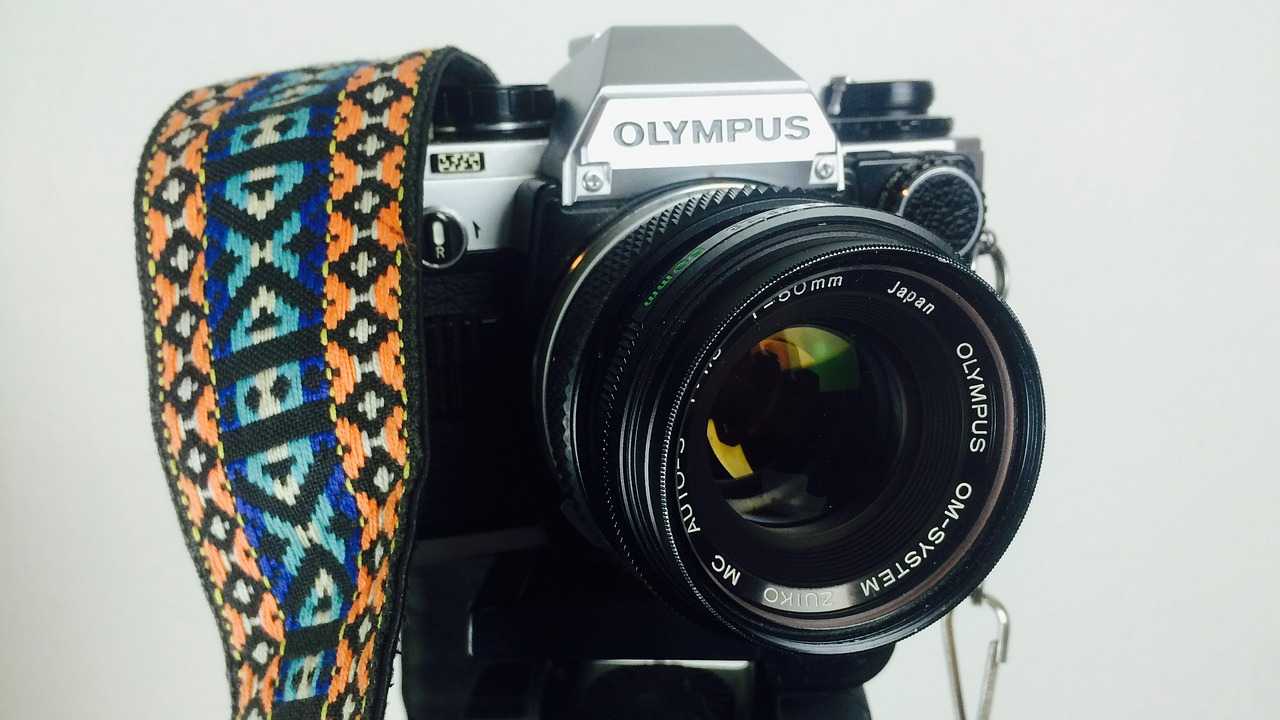
An analog SLR from the Olympus OM series
Mirrorless are the future of photography, going back to the past
Taking a step back. At the time of the invention of the reflex camera, the mirror was introduced because it was not possible to overcome the limits of the rangefinder by adapting it to all photographic genres. The reflex system was conceived, and perfected, in a period prior to the autofocus. Autofocus was later adopted later introducing, as we have seen, further problems. It was necessary to find a way to eliminate the limitations of the mirror by exploiting the evolution of technology. This brought mirrorless to life.
The digital SLRs, even the latest models, they are an adaptation of a system conceived in a totally analogical and “pre-electronic” era. Adaptation of an idea born in a period when there were no technologies capable of reproducing what the lens sees without the aid of a mirror. These technologies now exist and the best known is called “electronic viewfinder”. Thanks to the electronic viewfinder, and the surrounding technologies, from a conceptual point of view, it is possible to overcome all the limits of reflex systems because with mirrorless:
- it is no longer necessary to adopt a long draft;
- by studying a suitable electronic shutter, black out can be avoided as there is no longer the mirror that moves;
- there is no more noise due to the movement of the mirror;
- there are fewer chances of smearing the support with oil, and the problem will cease to exist when a suitable electronic shutter is developed;
- no optical / camera body calibration problems;
- it is possible to use the viewfinder in video mode;
- you can view all shooting data in the viewfinder;
- it is possible to carry out very rapid bursts in a silent way, thanks to the absence of the mirror;
- the autofocus system, when suitable electronic shutters are available, does not fall victim to a “blackout”.
All while maintaining the limit inherent in the contextualization of the scene, which by force majeure cannot be displayed, except foruse of hybrid vision systems (as in the Fujifilm X-Pro2 for example). Mirrorless are just a throwback to the past, complemented by the best that technology offers. The real problem is that they are still immature products and in some ways in an embryonic state. They carry with them several uncertainties deriving from both legacies of technologies in use on the reflex system, both due to technological limitations. Eg:
- there is currently no perfect electronic viewfinder;
- electronic shutters still have various problems, so mechanical ones or mixed solutions are used;
- the current optics are often still conceived with “long throw” schemes;
- overheating of components, since the sensor is always on;
- shorter camera autonomy.
These are problems that will gradually be overcome over time. A constant development process by producers and a constant feed from users will be needed. Now more than ever, users find themselves having to carry out the activity of “beta tester” for the development of mirrorless. In fact, with each generation improvements are introduced that are based on problems encountered in the field that otherwise would not have been possible to detect.
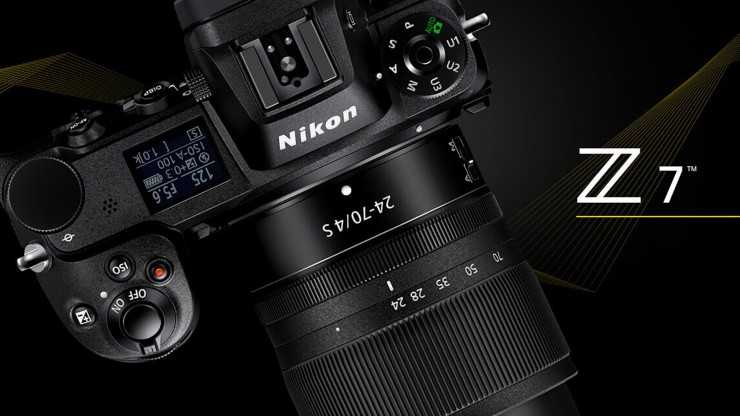
Mirrorless are the future of photography, but …
The statement “mirrorless cameras are the future of photography” it’s true. However, even if mirrorless are the future it doesn’t mean that they are immediately better at everything. It just means that they have more development potential, at least until the next revolution.
Nowadays we have to make a choice, better a tested product or an experimental product that offers more in some areas? The answer is simple: it depends. Each model has pros and cons, and each system has strengths and weaknesses. The choice must be weighed precisely with respect to this. A reportage photographer could have a lot of laughs reading this speech: in fact, his Leica today as then does the same great job. A matter of necessity, or perhaps style. What do you think about it? let us know in the comments!







